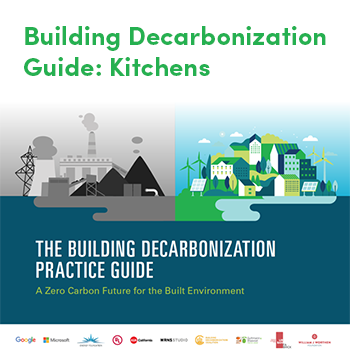
Nominations Due: Friday, September 23, 2022
Click for Complete Requirements and Important Dates
Who Qualifies for Nomination: AIA Members in good standing and able to attend regularly held board meetings are invited to nominate themselves for the AIA California Board of Directors.
Who Votes: Nominees are voted on by the AIA California Board of Directors. No member of the AIA CA Executive Committee shall engage in the endorsement, sponsorship, or nomination of any candidate for AIA CA or AIA office.
What Positions are Open:
1st Vice President/President Elect
Vice President of Government Relations
Vice President of Communications & Public Affairs
Vice President of Education & Professional Development
Vice President of CA CACE
AIA Young Architect Representative
AIA CA Associate Director, South
AIA CA Student Director, South
AIA Strategic Councilor
2023
2023-2024
2023-2024
2023-2024
2023-2024
2023-2024
2023-2024
2023-2024
2023-2025
Important Dates
Friday, August 19, 2022 – Call for nominations posted
Friday, September 23, 2022 – Nominations due (all positions)
Wednesday, September 28, 2022 – List of Nominees posted on AIA CA website and Relevance newsletter
Friday, October 14, 2022 – Candidate materials due (photos, bios, philosophies)
Wednesday, October 19, 2022 – Publicity for confirmed candidates posted on AIA CA’s website and included in Relevance newsletter
Monday, December 5, 2022 – Additional nominations (if any) from the floor accepted during the AIA CA Annual Board of Directors Meeting
To facilitate receipt of nomination letters by the deadline, a copy may be submitted via email to: tmuldrow@aiacalifornia.org with the original to follow by mail.
For complete requirements and important dates:



 The American Institute of Architects California (AIA CA) seeks a Government Relations Director with exceptional communication, relationship-building and negotiation skills. They are responsible for nurturing relationships with government officials, associated authorities and all legislative committees representing the interests of the architectural profession. The Director will be a strong collaborator, working with collateral organizations to build coalitions and advance AIA CA’s mission and goals while navigating the complex political landscape and regulatory environment that impact the design and delivery of projects. A complete job description can be
The American Institute of Architects California (AIA CA) seeks a Government Relations Director with exceptional communication, relationship-building and negotiation skills. They are responsible for nurturing relationships with government officials, associated authorities and all legislative committees representing the interests of the architectural profession. The Director will be a strong collaborator, working with collateral organizations to build coalitions and advance AIA CA’s mission and goals while navigating the complex political landscape and regulatory environment that impact the design and delivery of projects. A complete job description can be 
 Michael F. Malinowski FAIA
Michael F. Malinowski FAIA


 Volume 5: All-Electric Kitchens: Residential and Commercial of The Building Decarbonization Practice Guide: A Zero Carbon Future for the Built Environment is now available!
Volume 5: All-Electric Kitchens: Residential and Commercial of The Building Decarbonization Practice Guide: A Zero Carbon Future for the Built Environment is now available!
 AIA CA and Members regularly work with state agencies whose functions impact the work of architects. For example, AIA CA has regular contact with the CA Architects Board, the Division of the State Architect, the CA Building Standards Commission, to name just a few.
AIA CA and Members regularly work with state agencies whose functions impact the work of architects. For example, AIA CA has regular contact with the CA Architects Board, the Division of the State Architect, the CA Building Standards Commission, to name just a few.




